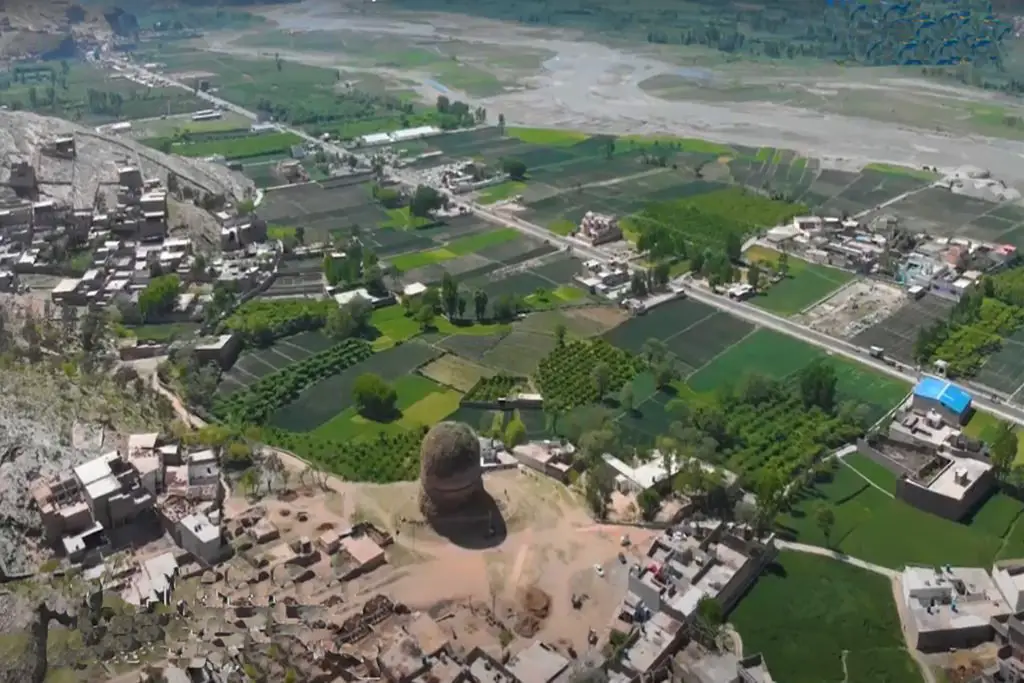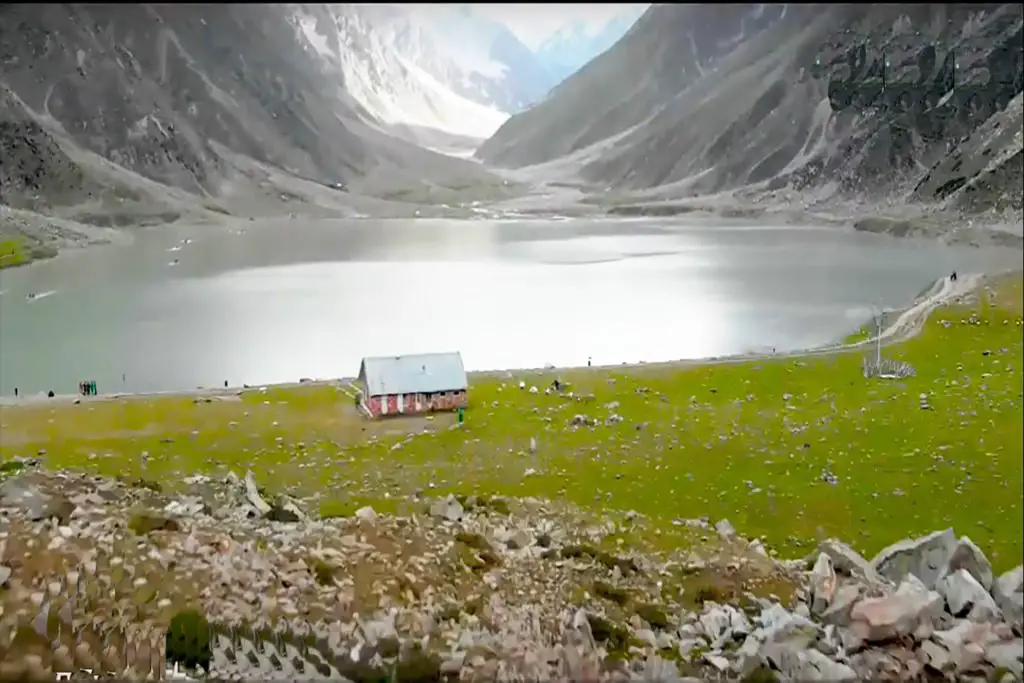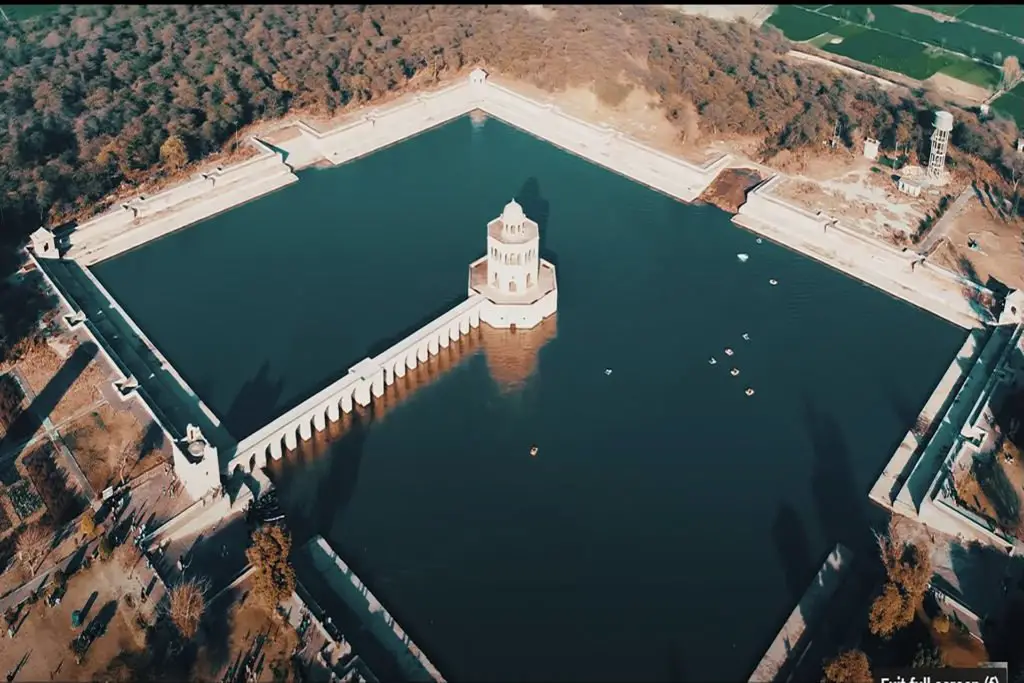Shingardar is a village between Galgay and Barikot in the southern part of Swat region in Pakistan’s Khyber Pakhtunkhwa Province. Shingardar is the site of the Shingardar Stupa, the largest Buddhist stupa of the Subcontinent.
Shingardar Stupa in Barikot Swat
The Shingardar stupa is situated approximately 3 kilometers northeast of the town of Barikot, on the left side of the road connecting Mingora to Mardan. The Shingardar stupa is positioned at the entrance of a narrow valley that descends from an elevated area above the valley plain.
Shingardar Stupa
Shingardar Stupa in Barikot Swat is a remnant of the Buddhist era, and it is one of the thousands of ancient monuments in the Swat Valley. It was built by Uttarasena, the ancient king of Swat, to incorporate his portion of Buddha relics. The stupa structure is made up of large stones and layers of thin slate. On the way to Mingora, there is a statue of Buddha carved on a rock to the right of G.T. Road. There are also the remains of a cave near this statue.
The Shingardar stupa in Barikot was identified by Colonel Deane and S.A. Stein. A per legend, this famous stupa built by King Uttarasena at the site where the white elephant holding the King’s section of Buddha relics stood. When he got to the place, the elephant suddenly fell down and died and turned into a stone. Next to the rock the King then erected the stupa.
This Shingardar stupa myth is based on local customs (Deane, 1886, Stein, 1930). This tradition is preserved by Hieum Stang who visited Swat in the 7th century A.D. It is said that when the elephant arrived at the site with Buddha’s remains on his back, his body miraculously turned to stone after his death.
It is said that the mountain peak, facing the main stupa to the north, depicts a small statue in it, which is visible only to the religious eye. G. Tucci, however, does not agree with the identification and states that the stamp was not made by King Uttarasena. He places a mythical stupa somewhere near the Naway kaliay about 500 feet north of the town of Kota.
The controversy over the transfer of Uttarasena’s portion of the Buddha’s remains to Swat on an elephant’s back and the transformation of an animal into a stone requires further investigation and research.
Stupa structure features
Originally, the Shingardar Stupa’s layout was square, but local villagers dismantled the weathered stones from the upper part and much of the internal stone around the platform to construct their homes and roads.
The Shingardar Stupa, situated in Barikot, Swat, is composed of a lower drum adorned with two cones, an upper drum, and a dome approximately 12 meters in length.
These stones are primarily sizable, coated slabs of white stone interspersed with small columns of black fragments, along with direct packing between them.
Some remnants of stucco plaster on the drum are still discernible. The lower drum, measuring 4.87 meters, features slender pilasters with flat brackets.
The cornice above the lower drum is 0.60 meters in height and comprises a sunken layer of slabs, and above that, the ornamental section is fashioned from small slabs laid flat at their shorter edges.
On the upper cornice, there is a shallow projection of around 0.50 meters, creating a play of light and shadow. Archaeologists have erected a stupa dome on the northwest side, a common practice in this region. Traces of a Buddhist settlement can be observed about 15 feet (15 meters) from the base of the stupa on its eastern and southern sides, now encroached upon by modern dwellings.
The construction quality of these recent buildings is subpar and likely pertains to the monastery’s construction. Given the stupa’s significance, it is imperative, as mentioned earlier, to conduct excavations on this site to safeguard and conserve this historical monument.
Who was King Uttarasena
According to Bhim Singh Dahiya, Buddhist accounts reveal that the Mauryas were originally considered a branch of the Sakyas. Under the rule of their ruler, they were compelled to leave Magadha and emigrate.
The first Maurya monarch married a Naga princess and ascended to the throne of Udyana. His son, named Utalosina or Uttarāsena, succeeded him. During one of his hunting expeditions, Lord Buddha visited his home and informed his mother that her son was part of the Buddha’s lineage. The Buddha instructed Uttarasena to procure a portion of his ashes from Kusinagar.
Uttarasena sought the Buddha’s ashes by asserting that he was a Kshatriya belonging to the same family as the Buddha himself. Despite encountering opposition from foreign monarchs, the Buddha intervened, communicated his wishes to the hostile rulers, and facilitated Uttarasena’s acquisition of the ashes.
Ghalegay Valley
Ghalegay is a village situated in Swat Valley, approximately 14 miles (14 km) to the south of Mingora, located on the left bank of the Swat River. It serves as one of the major towns between Mingora and Barikot.
While strolling along the banks of the Swat River from Barikot to Odigram, you’ll encounter various Buddhist monuments. Among them, the most prominent is the stupa at Shingardar (also spelled Shankardâr), which is associated with a local legend featuring a king named Uttarasena. According to the tale, this king gathered the Buddha’s remains as directed by his own teacher and enshrined them within this colossal structure.
Regrettably, King Uttarasena’s stupa was not constructed in the late 5th century BCE following the Buddha’s attainment of Nirvana but rather in the 6th century CE. Several elements in the construction, such as “Greek” plaster, indicate Greek influences, leading us to dismiss this as a later memorial.
This stupa is an extremely large monument. In the image, you can clearly observe a road cut at the stupa’s base. While this act represents unwarranted vandalism, it does provide a better perspective on the monument’s size. (The actual monument stands 18 feet tall, with foundations extending eight feet deep.)
Beneath King Uttarasena’s stupa, there is a cave that has been utilized by treasure seekers attempting to discover the Buddha’s relics.
The Shingardar stupa in Barikot, Swat, is both larger and better preserved compared to the one in Zurmala.







